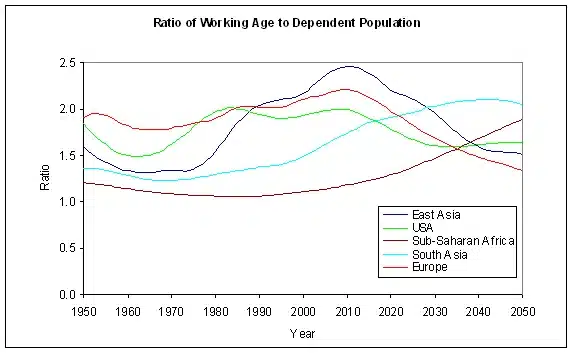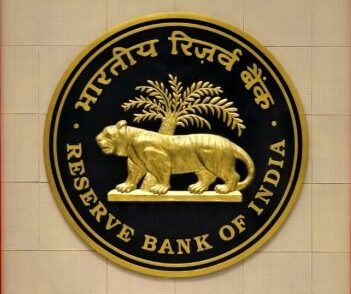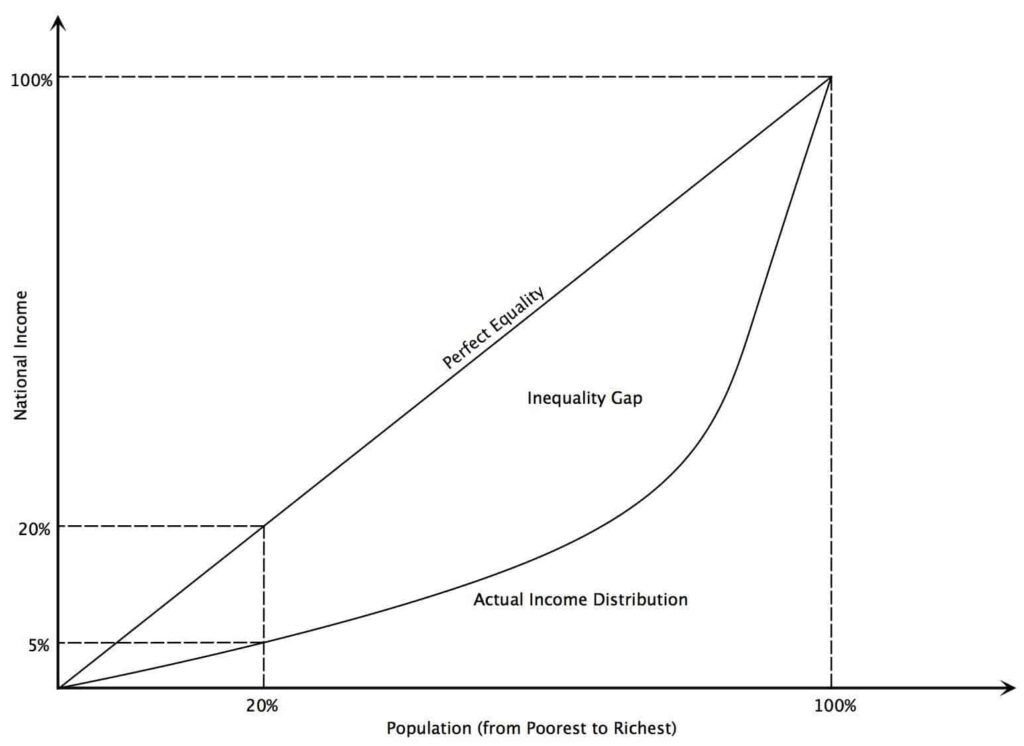Introduction of FRBM Act
The Fiscal Responsibility and Budget Management Act, which was initiated in 2003 but has been tweaked several times since then, lays down the red lines for all types of government deficits including fiscal deficit. Fiscal deficit is considered the most important marker of a government’s financial health. A government that abides by the FRBM rules enjoys greater credibility among the rating agencies and market participants – both national and international.
Why was the FRBM Act enacted?
FRBM Act is all about maintaining a balance between Government revenue and government expenditure.
In India, the borrowing levels were very high in the 1990s and 2000s. Indian Economy was weak as it had high Fiscal Deficit, high Revenue Deficit, and high Debt-to-GDP ratio.
By 2003, the continuous government borrowing and the resultant debt had severely impacted the health of the Indian economy. Much of the borrowing was utilized for interest payments of previous borrowings, but not for productive-purposes. This resulted in interest payments becoming the largest expenditure item of the government.
Many economists then warned the government that this condition is not sustainable. They advised legal steps to prevent India to fall into a debt-trap.
Parliamentarians of India too felt that there should be control on the government of India not to resort to a high level of borrowing to fund its expenditure. Hence in 2000, they introduced a bill to bring responsibility and discipline in matters of expenditure and debt. This bill was passed by the Indian Parliament in 2003 and came to be known as the Fiscal Responsibility and Budget Management Act.
The intention of the Fiscal Responsibility and Budget Management Act was to bring –
- fiscal discipline.
- efficient management of expenditure, revenue and debt.
- macroeconomic stability.
- better coordination between fiscal and monetary policy.
- transparency in the fiscal operation of the Government.
- achieving a balanced budget.
The Fiscal Responsibility and Budget Management (FRBM) Act, 2003

The Fiscal Responsibility and Budget Management Bill (FRBM Bill) was introduced in India by the then Finance Minister of India, Mr.Yashwant Sinha in December 2000. The provisions provided in the initial versions of the bill were too drastic. After much discussions, a watered-down version of the bill was passed in 2003 to become the FRBM Act. The FRBM Rules came into force from July 5, 2004.
The FRBM Act requires the elimination of revenue deficit by 2008-09. This means that from 2008-09, the government will have to meet all its revenue expenditure from its revenue receipts. Any borrowing would then only be to meet capital expenditure – repayment of loans, lending and fresh investment.
The Act also mandates a 3% limit on the fiscal deficit after 2008-09. This is a reasonable limit that allows significant leverage to the government to build capacities in the economy without compromising fiscal stability.
Objectives of the FRBM Act
The main objectives of the act were:
- to introduce transparent fiscal management systems in the country.
- to introduce a more equitable and manageable distribution of the country’s debts over the years.
- to aim for fiscal stability for India in the long run
Additionally, the act was expected to give the necessary flexibility to Reserve Bank of India (RBI) for managing inflation in India.
Features of the FRBM Act
- The Act stipulates the elimination of revenue deficit by March 31, 2008.
- According to the Act, the revenue deficit is to be reduced by a minimum of 0.5% of GDP per annum and the fiscal deficit by 0.3%. The rolling targets of FRBM provide for a reduction in the revenue deficit to 1.5% in 2005-06 and to 1.1% in 2006-07 and eventually to zero in 2008.
- The FRBM Act also caps the level of guarantees and prohibits government to borrow from the RBI after April 1, 2006.
- The Act requires that on a quarterly basis, the Government would have to place before both the Houses of Parliament an assessment of trends of receipts and expenditure. The Government also has to annually present the macro-economic framework statement, medium term fiscal policy statement and fiscal policy strategy statement. The three statements would provide the macroeconomic background and assessment relating to the achievement of FRBM goals.
- The medium term fiscal policy statement will contain a three-year rolling target for key fiscal parameters that underpin the Government’s fiscal correction trajectory.
- Through the FRBM discipline, the Government is also committed to undertake an intra-year assessment of the achievement of its budgetary targets. During the Economy Crisis of 2008, the FBRM guidelines were not followed rigorously but now government is committed for reducing the deficits.
- The Fiscal Responsibility and Budget Management Act (FRBM Act), 2003, establishes financial discipline to reduce fiscal deficit.
FRBM Act exemptions
On grounds of national security, calamity, etc, the set targets of fiscal deficits and revenue could be exceeded.
How effective has the FRBM Act been?
Several years have passed since the FRBM Act was enacted, but the Government of India has not been able to achieve targets set under it. The Act has been amended several times. In 2013, the government introduced a change and introduced the concept of effective revenue deficit. This implies that effective revenue deficit would be equal to revenue deficit minus grants to states for the creation of capital assets. In 2016, a committee under N K Singh was set up to suggest changes to the Act. According to the government, the targets set under FRBM Act previously were too rigid.
What is the significance of an FRBM Act?
- The popular understanding of the FRBM Act is that it is meant to “compress” or restrict government expenditure. But that is a flawed understanding. FRBM Act is not an expenditure compressing mechanism, rather an expenditure switching one.
- In other words, the FRBM Act – by limiting the total fiscal deficit (to 3% of nominal GDP) and asking for revenue deficit to be eliminated altogether – is helping the governments to switch their expenditure from revenue to capital.
- This also means that – again, contrary to popular understanding – adhering to the FRBM Act should not reduce India’s GDP, rather increase it.
- Here’s how: When you cut on revenue deficit – that is, reduce your borrowings for funding revenue expenditure – and instead borrow to only spend on building capital, you increase the overall GDP by 2.5 times the amount of money borrowed.
Why FRBM in NEWS ?
- In 2021-22, the government has not provided a target for the next three years and will amend the FRBM Act to accommodate the higher fiscal deficit.
- The fiscal deficit is targeted at 6.8% of GDP in 2021-22, down from the revised estimate of 9.5% in 2020-21 (4.6% in 2019-20).
- In the Union Budget 2021 speech, the Finance Minister has announced the government’s aim to steadily reduce fiscal deficit to 4.5% of GDP by 2025-26.
Also refer :








